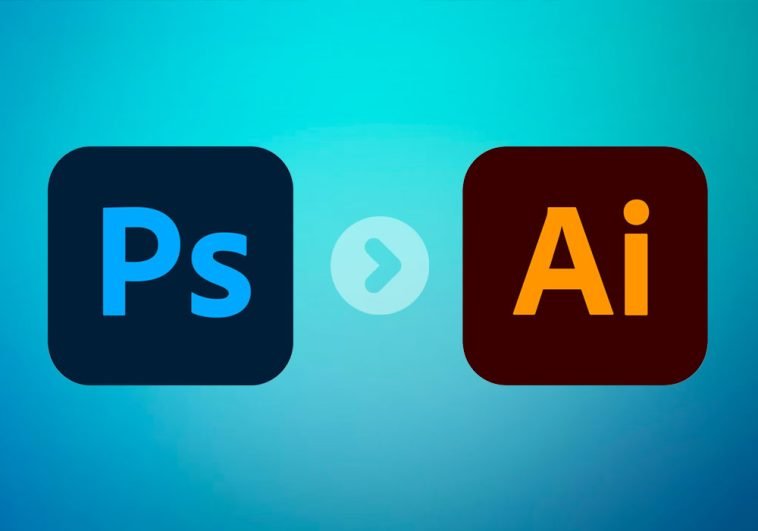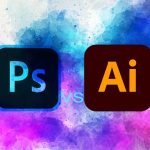Introduction.
Banners are an effective way to capture attention and convey a message in a visually appealing manner.
Whether you need a banner for a website, social media platform, or physical display, creating a well-designed banner can make a significant impact on your audience.
With Adobe Photoshop, you have the power to unleash your creativity and design eye-catching banners that effectively communicate your message. In this guide, we will take you through the step-by-step process of designing a banner in Photoshop.
Designing a banner involves careful consideration of layout, imagery, typography, and branding elements. We will begin by discussing the importance of planning and conceptualizing your banner design.
Understanding the purpose of the banner, the target audience, and the key message will guide your design choices and ensure that your banner effectively communicates its intended purpose.
Next, we’ll delve into the specific techniques and tools in Photoshop that will enable you to bring your banner design to life.
From setting up the canvas and selecting appropriate fonts to incorporate images or graphics, Photoshop offers a wide range of options for customization and personalization.
Throughout this guide, we will provide clear instructions, tips, and best practices to ensure a smooth workflow and achieve a professional-quality result.
By the end of this tutorial, you will have a solid understanding of how to design a banner in Photoshop.
You’ll be equipped with the knowledge and techniques to create visually appealing and impactful banners that effectively convey your message and captivate your audience.
So, let’s dive in and uncover the techniques that will elevate your design skills and enable you to create outstanding banners with Adobe Photoshop.
How Do I Design a Banner In Photoshop?
Whether you need a banner for a website, social media platform, or physical display, designing a visually appealing and impactful banner can make a significant impact on your audience.
With Adobe Photoshop, you have a comprehensive set of tools and features at your disposal to create stunning and professional banners that effectively communicate your message.
In this article, we will guide you through the step-by-step process of designing a banner in Photoshop.
1. Define the Purpose and Audience.
Before diving into Photoshop, it’s crucial to define the purpose of your banner and identify your target audience. Determine the key message or call to action you want to convey through the banner.
Consider the visual style and aesthetics that resonate with your audience and align with your brand or campaign.
Understanding the purpose and audience will guide your design choices and ensure that your banner effectively communicates its intended message.
2. Set Up Your Canvas.
Launch Adobe Photoshop and create a new document by going to the “File” menu and selecting “New.” Specify the dimensions for your banner based on the platform or medium where it will be displayed.
For web banners, consider the pixel dimensions required by the specific website or platform. If you’re creating a physical banner, ensure that you set the dimensions according to the desired print size and resolution.
3. Design the Layout.
Start by designing the layout of your banner. Consider the visual hierarchy and arrangement of elements. Place your key message or headline in a prominent position to grab attention.
Use grid lines, rulers, and guides to align and balance the various elements of your design. Experiment with different layouts, such as a centred composition, asymmetrical arrangements, or divided sections, to create visual interest and capture attention.
4. Select Fonts and Typography.
Choose fonts and typography styles that reflect your brand and complement the overall design. Select fonts that are legible and appropriate for the message you want to convey. Use different font sizes, weights, and styles to create a visual hierarchy and emphasis.
Strike a balance between creativity and readability, ensuring that your text is easily understandable even from a distance or in a digital environment.
5. Incorporate Images and Graphics.
Utilize images, graphics, or illustrations to enhance the visual appeal of your banner. Choose visuals that align with your message and resonate with your audience. Use high-quality images that are relevant, captivating, and in line with your brand’s style.
Photoshop provides various tools to resize, crop, and adjust images to fit your design. Experiment with blending modes, opacity, or layer masks to integrate images seamlessly into your banner design.
6. Apply Color and Styling.
Colour plays a crucial role in creating an eye-catching banner. Select a colour scheme that aligns with your brand or campaign.
Use contrasting colours to create visual impact and draw attention to key elements. Experiment with gradients, shadows, or textures to add depth and visual interest to your design.
Maintain consistency in colour choices and styling throughout your banner to create a cohesive and professional look.
7. Optimize for Different Platforms.
If you plan to use the banner across various platforms or mediums, it’s essential to optimize the design accordingly. Consider the specific requirements of each platform, such as size restrictions, file formats, or resolution.
Ensure that your design is legible, well-proportioned, and visually appealing across different devices and screen sizes.
Save your banner in the appropriate file format, such as JPEG or PNG, and optimize it for web or print use.
8. Fine-Tune and Refine.
Take the time to fine-tune your banner design. Pay attention to details, check for spelling or grammatical errors, and ensure that the layout is visually balanced.
Seek feedback from others or take a break and revisit your design with fresh eyes to make necessary refinements.
Make use of layer masks, adjustment layers, or smart objects to make non-destructive edits and easily experiment with different variations.
Conclusion.
With Adobe Photoshop, designing a visually appealing and impactful banner becomes an exciting and creative process.
By following the step-by-step instructions in this article, you’ll be equipped with the knowledge and techniques to create outstanding banners that effectively convey your message and captivate your audience.
Remember to define the purpose and audience, set up the canvas, design the layout, incorporate images and graphics, apply colour and styling, optimize for different platforms, and fine-tune your design.
With practice and experimentation, you’ll master the art of designing banners in Photoshop and create compelling visual assets for your brand or campaigns.






GIPHY App Key not set. Please check settings